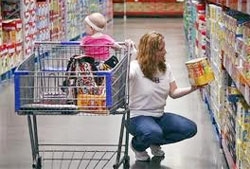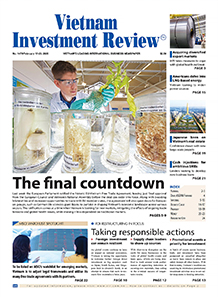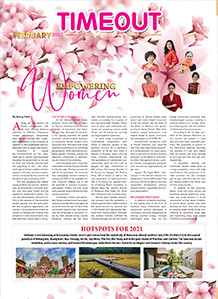US consumer spending slows in March
 |
| illustration photo |
Spending rose a seasonally adjusted 0.6 per cent after an upwardly revised rise of 0.9 per cent in February, the Commerce Department said.
The increase was slightly better than the average analyst estimate of 0.5 per cent increase in consumer spending, a key driver of the US economy.
"Consumers continue to growth their spending despite rapidly rising gasoline prices and confidence that has suffered since gasoline prices started rising," said Scott Hoyt at Moody's Analytics.
"That said, real spending growth was modest, lagging its fourth-quarter pace in both March and the first quarter as a whole."
Personal income growth was 0.5 per cent in March, while disposable personal income grew a more robust 0.6 per cent.
Both income and disposable income rose 0.4 per cent in February.
The report showed inflation pressures remained subdued as the economy struggles to gain traction in a weak recovery from the worst recession in decades.
Adjusted for inflation, the Commerce Department's spending price index rose 0.4 per cent in March, the same as in February.
Excluding food and energy, the core price index edged up 0.1 per cent after a 0.2 per cent gain the prior month.
On an annual basis, the price index has been trending higher since a November 1.0 per cent reading and hit 1.8 per cent in March.
The core index held steady at a 0.9 per cent rise from a year ago.
The Federal Reserve said Wednesday its comfort zone for the annual inflation rate was between 1.7 per cent and 2.0 per cent.
Americans' personal savings rate held steady at 5.5 per cent of disposable personal income.
The spending and income data were already enmeshed in the government's initial estimate of first-quarter economic activity.
The Commerce Department reported Thursday that gross domestic product growth slowed sharply to a 1.8 per cent annual pace in the January-March period from a 3.1 per cent rate in the fourth quarter.
What the stars mean:
★ Poor ★ ★ Promising ★★★ Good ★★★★ Very good ★★★★★ Exceptional
 Tag:
Tag:
Related Contents
Latest News
More News
- 72 nations sign landmark Hanoi cybercrime convention (October 26, 2025 | 18:00)
- UN Secretary-General commends Vietnam’s global leadership (October 26, 2025 | 09:00)
- APEC finance ministers convene to tackle regional challenges (October 22, 2025 | 17:31)
- Rewiring global trade: ASEAN’s rise as supply chain hub (October 17, 2025 | 11:40)
- Vietnam attends first World Nuclear Week Forum in Russia (September 26, 2025 | 10:50)
- Vietnam attends 69th session of IAEA General Conference (September 16, 2025 | 10:00)
- ADB, WB pledge over 12 billion USD for ASEAN power grid, renewable energy projects (August 15, 2025 | 14:18)
- Lowy Institute proposes AI-based tobacco control solutions for ASEAN (August 15, 2025 | 14:14)
- Cloud computing policy to position Malaysia as regional hub by 2030 (August 15, 2025 | 14:11)
- Thailand, Cambodia suffer numerous cyber attacks (August 05, 2025 | 16:19)























 Mobile Version
Mobile Version